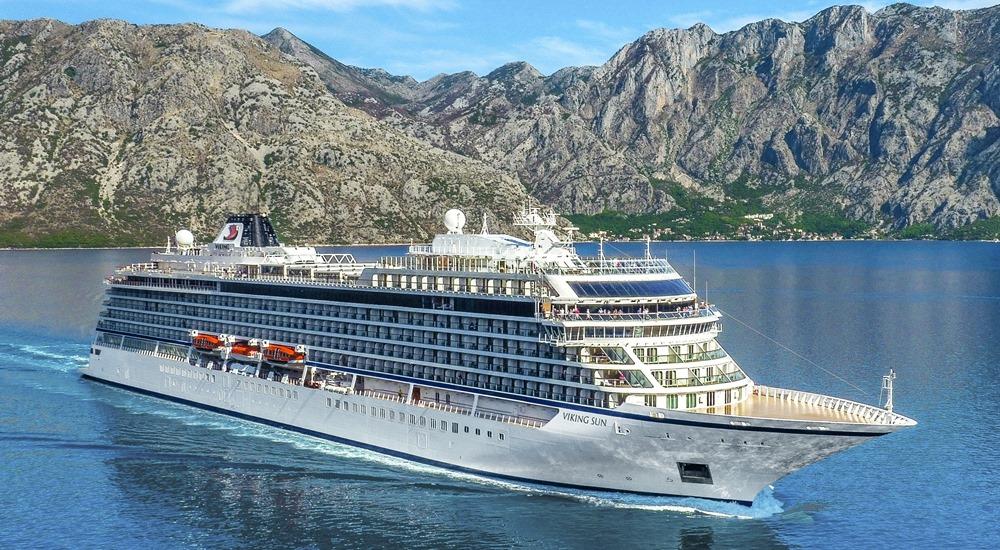The newest Fincantieri-built ship for Viking OCEAN was delivered today, November 10, at Fincantieri's yard in Ancona Italy.
Viking Neptune is placed in the small cruise ship segment. As her sisterships, she is ~47,800 GT, with 465 cabins accommodating up to 930 guests.
Viking Neptune is the 9th of this class, marking a quantum leap in the cooperation between Viking Cruises and Fincantieri Italy for designing, delivering, and operating environmentally considerate cruise ships. The two companies keep on cooperating for developing pioneering applications based on hydrogen fuel cells and aim to achieve an increasing reduction of GHG emissions.
The new ship embodies the first result of the cooperation, as a hydrogen fuel cell module, with a nominal power of 100 kW, was fitted onboard as a test. Such installation is of major importance for tuning technological devices and developing regulations for use of hydrogen onboard a cruise ship.
This year Viking and Fincantieri have strengthened their collaboration going beyond their joint R&D activity and aiming to develop large-scale hydrogen applications, contributing to the reduction of the vessels' GHG emissions.
As a first step, the companies designed an enlarged ship configuration (to be applied to the vessels delivered after 2024), defining spaces/arrangements for accommodating the increased size of the hydrogen tank, the fuel cell systems, and the auxiliaries. The next step is the development of a hydrogen-based generation system with a total power of ~6-7 MW, (the largest size ever tested onboard a cruise ship) and able to ensure smokeless port operation/slow steaming navigation. Such systems could be installed on the ships under construction and, as far as possible, retrofitted on the ships already delivered.

With such a joint project of cooperation, Viking Cruises and Fincantieri aim to maintain the position of technological leadership as well as to contribute to the future development of more environmentally considerate cruise ships.